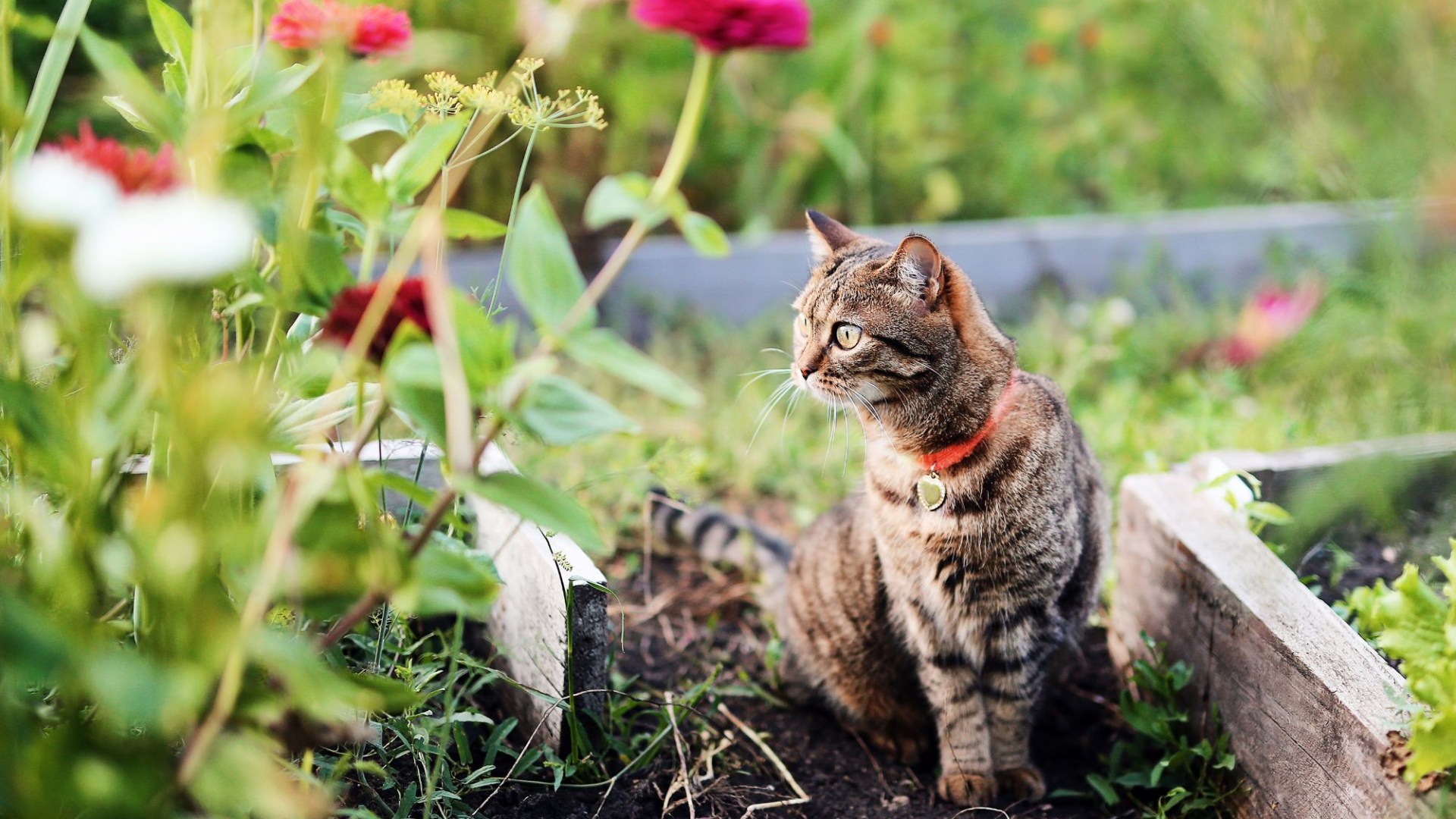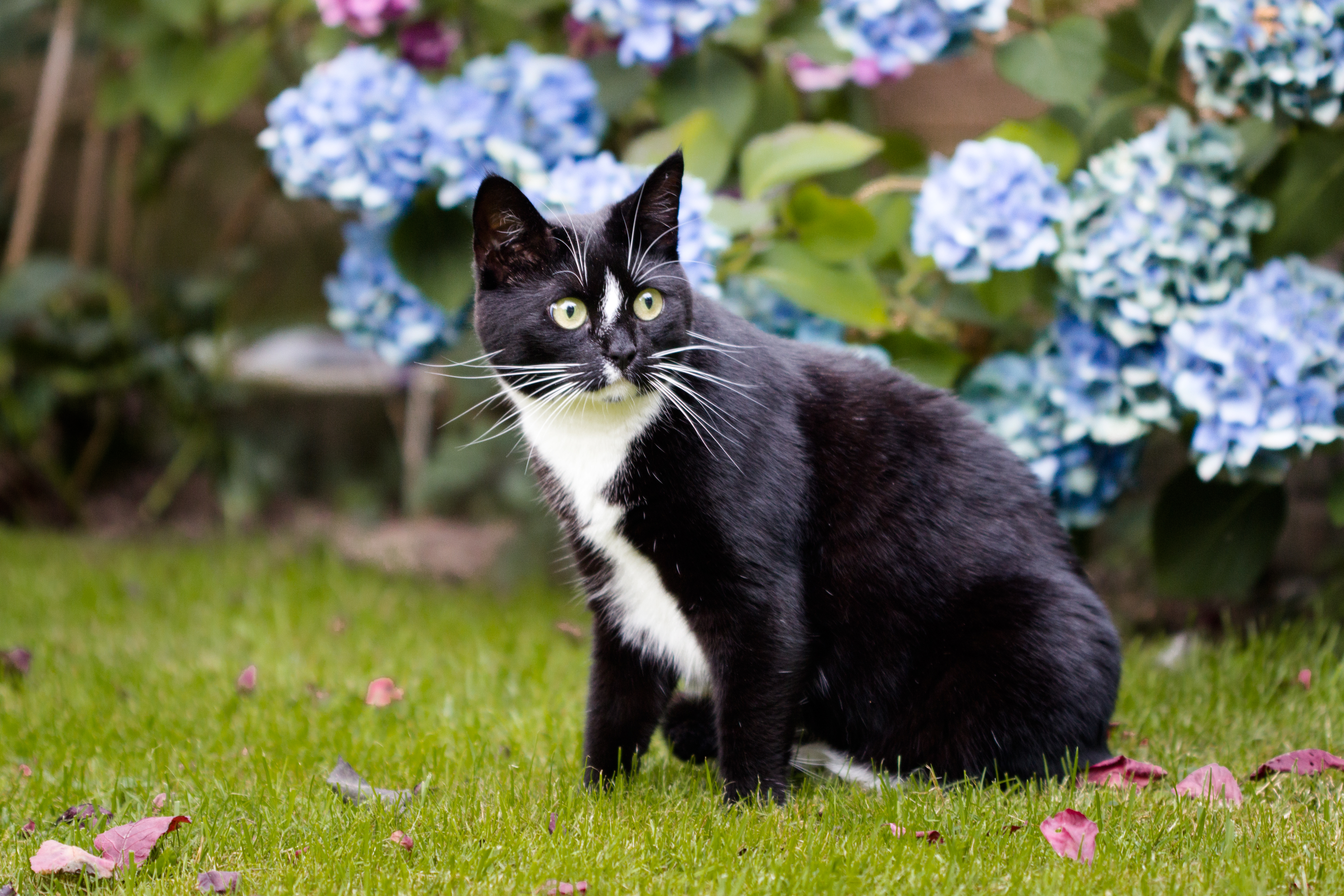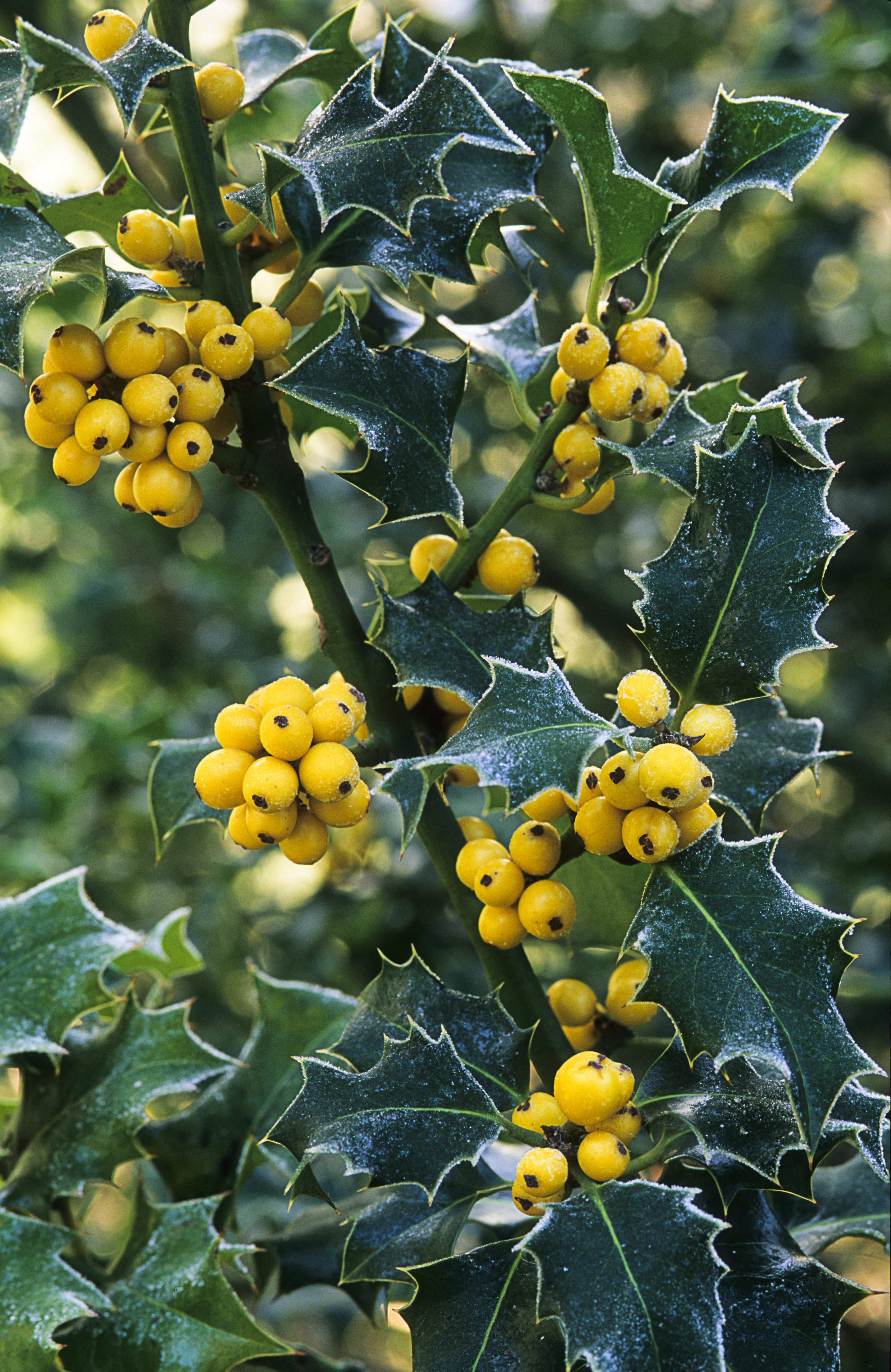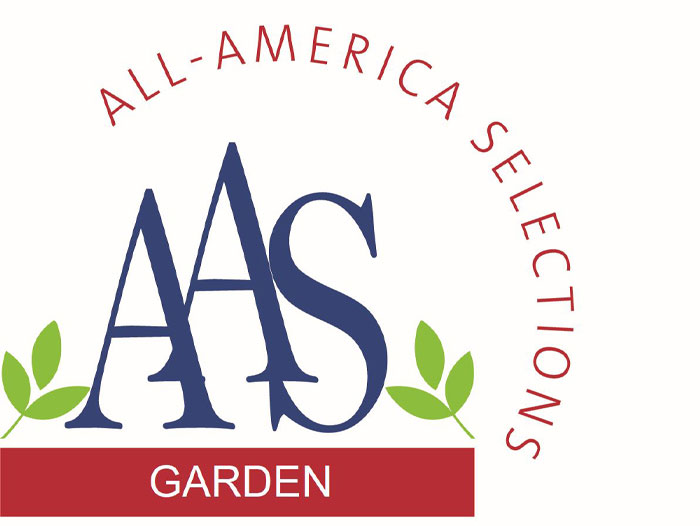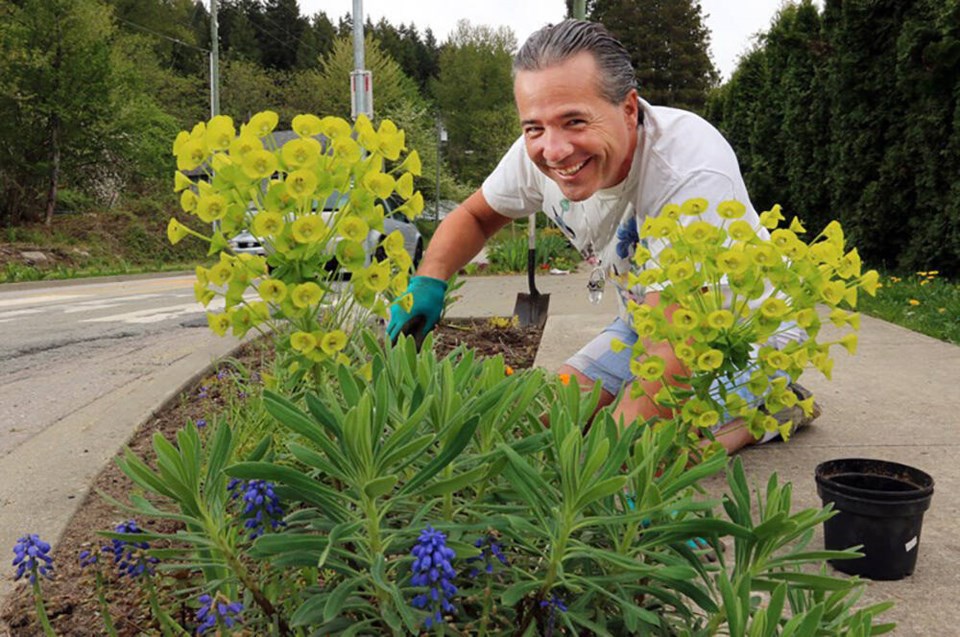THERE’S nothing quite as annoying as finding a sneaky neighbourhood cat has done their business in your garden.
Especially if you’ve spent ages pruning and planting, the last thing you want to do is clear up cat poo.
One gardening fan recently took to social media to vent after struggling with the issue and asked for some advice.
Linda posted took to the Gardening Hints and Tips Facebook group and wrote: “I’m sick of other people’s cats’ poo in my garden.
Luckily other keen gardeners had the perfect solution – Holly leave.
“I tried everything you could think of then I tried fresh branches of Holly, I put it in between where the soil was and on top of pots – that was six months ago, never had cat poo since,” one replied to the post.
“I’ve found this works,” a second agreed.
And another shared the same advice and commented: “Spread Holly leaves around.”
Holly plants are known for the prickly leaves, which won’t harm cats or any wildlife, but should deter them from doing their business. there.
The pros at Gardener’s World also agree the trick is a pretty cheap and cheerful method to reply on.
“Cats prefer to walk on soft soil and will avoid prickly surfaces,” they explained.
“They’re also more likely to defecate in soft soil or compost.
“Make beds and borders less attractive to them by covering areas of bare soil with twigs, pine cones or holly leaves, or laying down chicken wire.”
You can buy a Holly plant for as little as £8.99 from online sits including Hedges Direct, or you can even ask your neighbours to use of stray leaves and branches if they have one already.
There are other plants that can also help deter cats from your garden too, including
Other ways to deter cats from your garden
Don’t feed them
Whatever you do, don’t feed the cat.
While it might not seem like a big deal at the time, feeding a cat will only encourage the moggy to return.
This includes making sure your bins are firmly shut.
Even if you haven’t purposefully left a tasty treat outside, any easily accessible scraps will tempt stray cats into your garden.
Keep your flower beds wet
Cats hate cold, wet mud so if you keep your flower beds damp then curious kittens are far less likely to dig up your petunias.
You could even consider purchasing a motion sensing sprinkler system.
These smart sprinklers will spray water at any animals breaking onto your lawn.
Once the unwanted invader has been hit by the sprinklers once or twice, it will learn to never set foot in your garden again.
Just remember to turn off the sprinkler system before you venture outside or risk a rather nasty surprise!
Use strong scents
Cats have a hypersensitive sense of smell and certain scents will deter any puss from roaming through your bushes.
If you invest in lavender, rue, pennyroyal, coleus canina and lemon thyme, you’ll have a feline-free lawn in no time.
Cats also loathe citrus so you could try scattering orange or lemon peel round the outskirts of your garden.
However with something like this it’s important to do your research.
Some plants, like mothballs, are toxic to both cats and humans and are considered inhumane to use.
Common garden pests
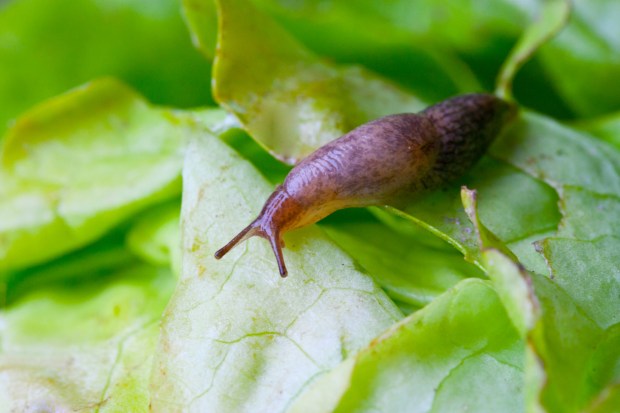
Common pests in the garden don’t need to be a cause for alarm. If you can identify them, you can work on getting rid of them and preventing them from returning.
Aphids (Greenfly, Blackfly)
Aphids are extremely common and can impact plant growth. They have tiny soft pear-shaped bodies, and are usually green or black. You may spot them clustered on the stem of soft shoots – look under leaves in particular – or may find a sticky substance on your plants that gives away aphids have been there sucking at the sap.
Whitefly
These small white-winged insects are related to aphids, at just 1 or 2 mm in length, and look very much like white moths as adults. They can be found on the underside of leaves, preferring younger, fresher leaves. They fly in clusters when you disturb them. Their lifecycle is only three weeks long, which means an infestation can occur very rapidly.
Slugs
An unmissable, squashy-looking body plus small sensory tentacles on its head. Slugs move along on one muscular foot. They range in scale from surprisingly small to terrifyingly large; limax cinereoniger species can grow comfortably beyond 20 cm in length.
Cabbage Moth Caterpillar
Cabbage moth caterpillars happily make their way into the heart of the vegetables, The caterpillars are distinguished in shades of yellow or browny green with no hair.
Mealy Bug
Mealybugs are tiny oval-shaped insects that have a white, powdery wax coating. There are several different species, many of which have what looks like legs coming from their sides and back end. In their earliest stage of life, it’s entirely possible to mistake them for fungus and not recognise them as insects at all.
